Pathogenic Bacteria: How They Invade the Human Body and Cause Infections
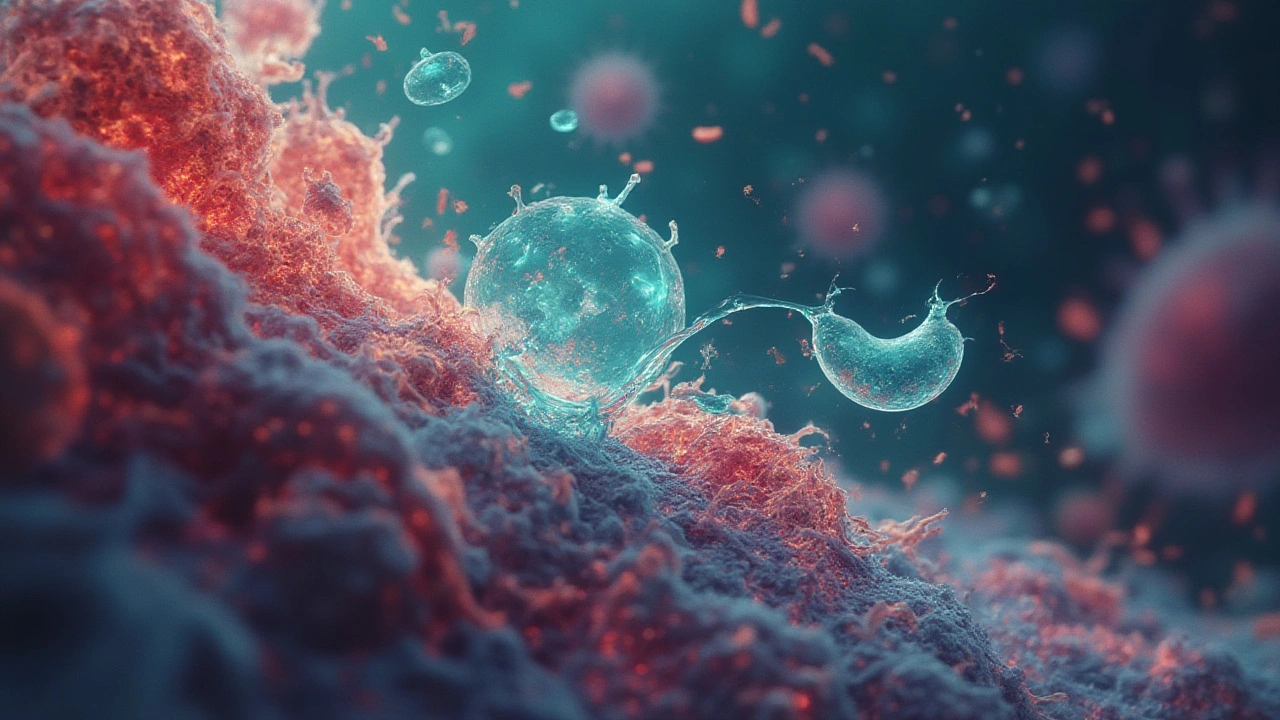
The human body is an absolute fortress—layers of skin, acid baths in the stomach, immune cell patrols everywhere. But there’s a reason almost everyone has battled a cough, stomach bug, sinus infection, or worse: pathogenic bacteria are masters at breaking in, sticking around, and stirring up chaos. Where most people see a nasty cold or food poisoning, microbiologists see an epic stealth mission, complete with secret passageways, grappling hooks, and biochemical tools so slick it’s almost unfair. The world of bacterial invasion is a mad combination of hide-and-seek, lock-picking, and sabotage.
The Art of Invasion: How Bacteria Breach Human Defenses
Your body is covered and lined by barriers meant to keep invaders out. Skin acts as Kevlar—thick, waterproof, tough for germs to get through unless there’s a cut or scrape. Mucous membranes churn out sticky mucus to trap bacteria, while cilia in your nose and lungs sweep threats away like a cleaning crew. Then there’s stomach acid: it’ll melt rubber bands and make short work of most bacteria. If they’re still standing, a small army of immune cells—from neutrophils to macrophages—rolls out for defense.
So how do bacteria beat all that? Let’s get specific. Salmonella, famous for food poisoning, usually sneaks past stomach acid by hiding inside chunks of food, giving it just enough cover to reach your intestines. Staphylococcus aureus can enter skin through the tiniest cracks or punctures. Some bacteria, like Yersinia pestis (yes, the plague one), use insect bites as a secret door past the skin barrier. Others travel in aerosols—think about Mycobacterium tuberculosis, which simply rides a cough or sneeze through the air straight to your lungs.
That’s not the only trick. Certain bacteria make enzymes called hyaluronidases and collagenases that dissolve connective tissue, basically melting glue that holds skin and tissue cells together. This lets bacteria crawl deeper in, gaining access to blood vessels or organs. Streptococcus pyogenes, which causes strep throat and sometimes much worse, uses these exact enzymes to spread, almost like burrowing through an extra layer of security.
Bacteria also outsmart immune cells. Many cloak themselves in slippery capsules made of polysaccharides—think slimy outer shields. Streptococcus pneumoniae is notorious for this, dodging “eat me” signals from immune cells. Some bacteria, like Neisseria gonorrhoeae, actually change the surface proteins they display, playing a never-ending game of camouflage. The immune system might recognize them once, but round two looks totally different.
Fast fact: A small scrape can open a door for bacteria, but about 1 in 1,000 cuts actually lead to infection, thanks to your skin’s chemical defenses and immune cells acting fast. Still, those odds are enough for bacteria to keep trying new ways to break in.
Here’s a tip: Keeping the smallest wounds clean (even those you hardly see) and promptly washed reduces the already slim odds for infection drastically. Simple soap and water beat most bacteria before their real tricks begin.
When you get food poisoning hours after a sketchy tuna salad, remember: bacteria didn’t just passively sit there in your stomach. They piggybacked in on food, dodged acid, attached to your gut, and started multiplying before your body even noticed. The journey starts with invasion—and it’s just the beginning.
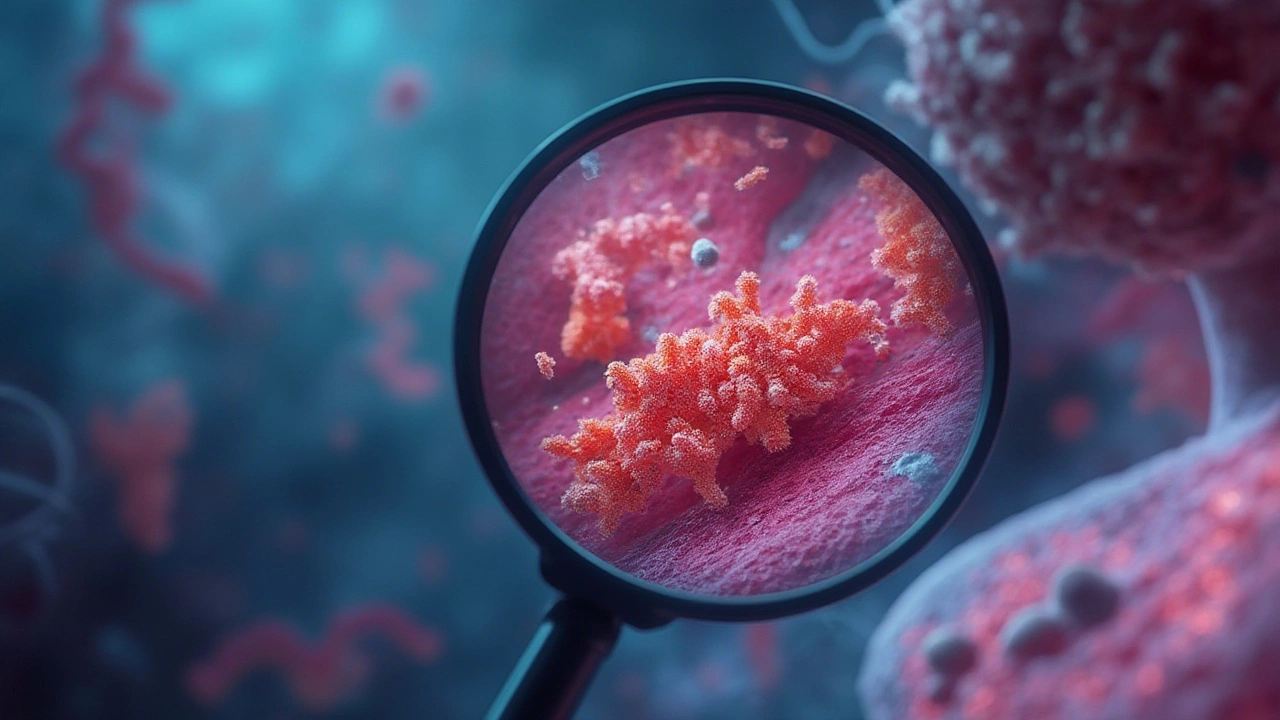
Sticking Around: Bacterial Adhesion and Colonization Tactics
Getting inside isn’t enough for bacteria. The real magic is how they cling to tissues and set up camp right under your nose (sometimes literally).
Most people don’t picture bacteria as using grappling hooks, but that’s basically what’s going on. They have special protein structures called pili (or fimbriae), which reach out and latch onto receptor sites on your cells. Escherichia coli has several versions of these pili, letting it stick to bladder walls or intestines and avoid being flushed away by urine or digestive flow. That’s why UTIs can be so stubborn—each flush simply isn’t enough to shake them off.
Adhesion is hyper-specific. Some bacteria will only stick to certain tissues, like Helicobacter pylori in the stomach lining. This strain uses a corkscrew motion, boring through mucus to anchor itself and avoid stomach acid. By hanging on tight, H. pylori can set up shop long enough to cause chronic inflammation or even ulcers. In fact, nearly half the world’s population carries H. pylori, though most never get symptoms. Sometimes, bacteria just sit quietly, biding their time.
Here’s another trick: Streptococcus mutans, the reason dentists insist on flossing, clings to teeth through sticky biofilm, a scummy film that’s basically an apartment complex for bacteria. Biofilms are tough—immune cells struggle to attack residents tucked inside, and antibiotics have a hard time getting through, which is why certain infections keep bouncing back.
When bacteria attach, they're not just holding on—they're sending sabotage signals. Some inject toxins directly into cells, using needle-like structures, while others steal nutrients or feed off cellular waste. Vibrio cholerae, behind devastating cholera outbreaks, clings to the intestinal wall and forces cells to leak massive amounts of water and salts, leading to severe diarrhea. It’s not sloppy or random—this is precision biological engineering.
Pathogenic bacteria often colonize silently for days or weeks, only releasing their weapons once they’ve multiplied enough to overwhelm defenses. That’s why symptoms can hit suddenly and hard: the bacteria were building their numbers, laying low, then launching a coordinated attack when ready.
Pro tip: Oral hygiene matters more than just for fresh breath. Brushing and flossing break up biofilm before it can mature, wiping out bacteria before they get comfortable and mount a defense. Gut health works the same: supporting good “commensal” bacteria (probiotics, fiber-rich foods) blocks pathogenic invaders from finding a home along your intestinal wall.
One study out of Denmark (2023) found that daily flossers had almost 25% fewer episodes of gum swelling and infection than non-flossers—not just cosmetic issues, but real bacterial battles playing out in the mouth. That everyday plaque is a launchpad for bacterial invaders.
Check out this table for a glimpse at just how sneaky some common bacteria can be:
| Bacterium | Main Site of Adhesion | Adhesion Tool | Main Disease Caused |
|---|---|---|---|
| Streptococcus mutans | Teeth enamel | Glucan biofilm | Dental caries (cavities) |
| Helicobacter pylori | Stomach lining | Pili, corkscrew flagella | Gastric ulcers |
| Neisseria gonorrhoeae | Urethra, cervix | Type IV pili | Gonorrhea |
| Vibrio cholerae | Small intestine | Toxin-coregulated pilus | Cholera |
| Escherichia coli (UPEC) | Bladder wall | P pili | Urinary tract infections |
No wonder bacteria are so hard to wipe out for good—they know every trick for sticking around.
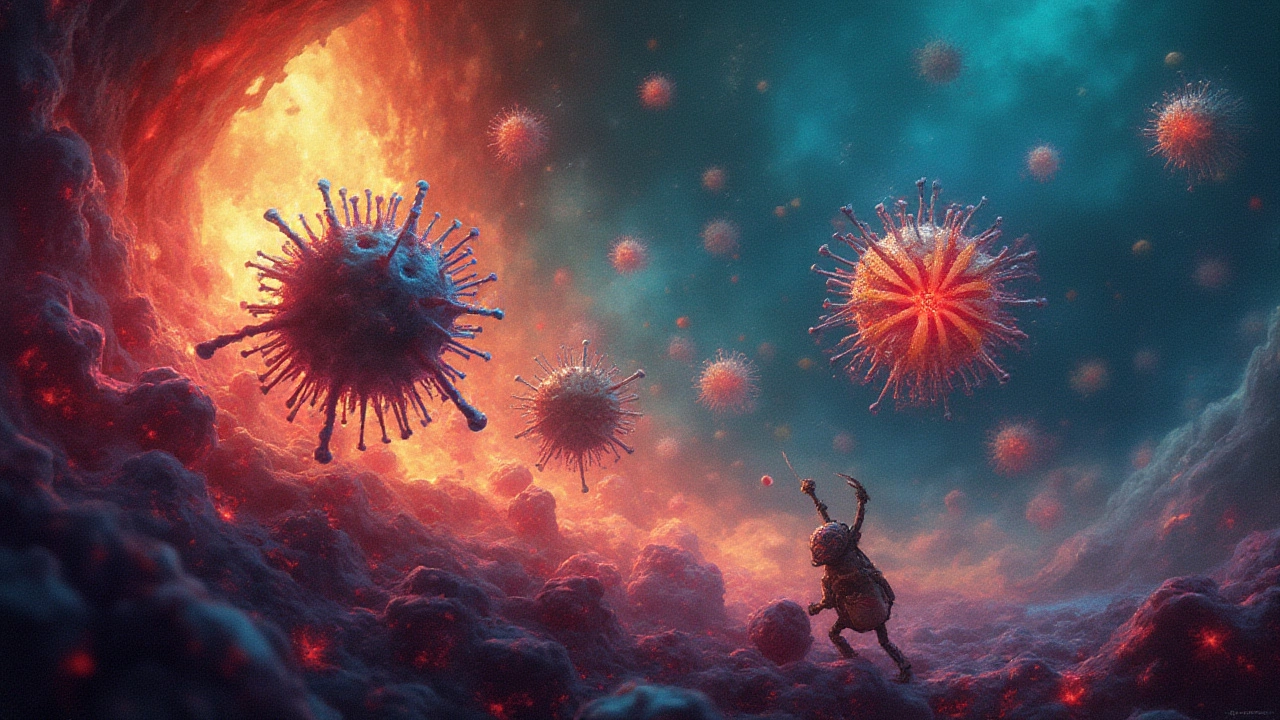
From Colonizer to Criminal: How Bacteria Trigger Disease and Outmaneuver the Immune System
Once bacteria bust in and lock themselves onto a spot, things really start heating up. At this stage, instead of just being unwelcome houseguests, they turn actively destructive, launching weapons that knock the body’s own defenses off balance. Some do it fast and loud, while others are slow burners, quietly chipping away at tissues for weeks or months before anything obvious shows up.
The #1 weapon bacteria use? Toxins. These come in two main types: exotoxins (proteins actively secreted) and endotoxins (part of the bacterial cell itself, released when bacteria die). Tetanus toxin (from Clostridium tetani) is one of the deadliest known, paralyzing muscles by blocking nerve signals. Botulism toxin (from Clostridium botulinum) is so potent even a tiny amount can shut down muscles responsible for breathing. Then there’s diphtheria toxin, which blocks cell protein synthesis so completely that tissues actually die.
Other bacteria, like Escherichia coli O157:H7, use “shiga toxin” to shred blood vessels and cause potentially life-threatening complications. Cholera, as we mentioned earlier, fires off toxins that hijack your cells’ salt pumps, creating life-threatening dehydration in just hours.
Bacteria don’t just set off chemical bombs and run, either. Many manipulate the host immune system to keep attention away from their activities. Mycobacterium tuberculosis can survive inside macrophages—cells meant to destroy invaders—by blocking the chemical signals that would normally call for backup. It’s like hiding in plain sight, setting up dorms and multiplying right inside the police station.
Super stealthy pathogens like Pseudomonas aeruginosa even signal to neighbor bacteria using “quorum sensing,” a sort of chemical group chat, deciding when to turn nasty based on their population size. Once enough are in place, they collectively turn on their most damaging genes, releasing an onslaught of toxins together. This helps explain sudden, severe turnarounds in hospital infections and chronic wounds.
Bacteria can also trigger autoimmune-like responses, essentially tricking your immune system into causing collateral damage. Strep throat, left untreated, can sometimes provoke rheumatic fever, where the body’s army attacks heart valves believing they’re infected tissue.
Here’s the kicker: Not every infection results in sickness. Loads of people carry potentially dangerous bacteria in their noses, throats, or guts but never get sick because the immune system keeps them contained or the bacteria simply don’t have the numbers yet. This silent standoff is going on inside you right now.
If you’re thinking all bacteria are out to get you, that’s not true—most are harmless or even beneficial. But those few with the skills to breach defenses and manipulate your biology trigger what we call infectious disease, a story that can range from mild sniffles to deadly sepsis.
Here’s a practical tip for dodging infections (besides the obvious soap and water): Don’t skip vaccines if offered. Many modern vaccines train your immune system to recognize bacteria’s favorite tricks. This means you’re less likely to get blindsided when certain pathogens start their invasion routine.
Want the nerdy details about toxins, host responses, and why some bacteria never give up? It’s all laid out here—how bacteria cause infections—including diagrams, charts, and more in-depth dives for anyone who likes to know exactly what they’re up against.
Every time you avoid an infection, it’s a small win in a never-ending secret war. Understanding bacterial tactics means you can harden your defenses, spot danger earlier, and keep your guard up—whether it’s for yourself or, in my case, keeping Baxter out of the garbage (he’s a Labrador, so trust me, that’s a full-time thing).


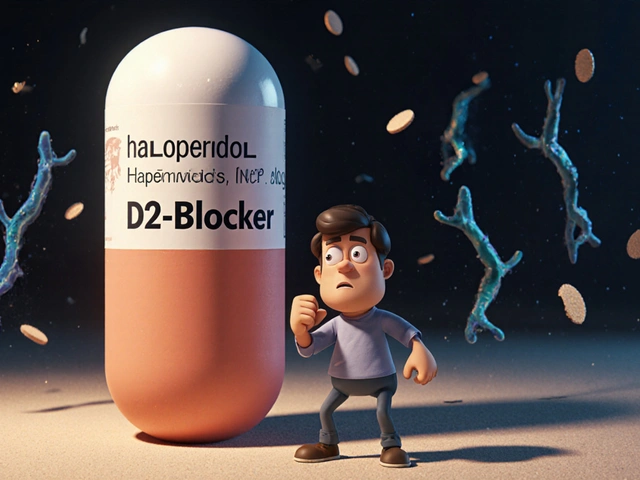

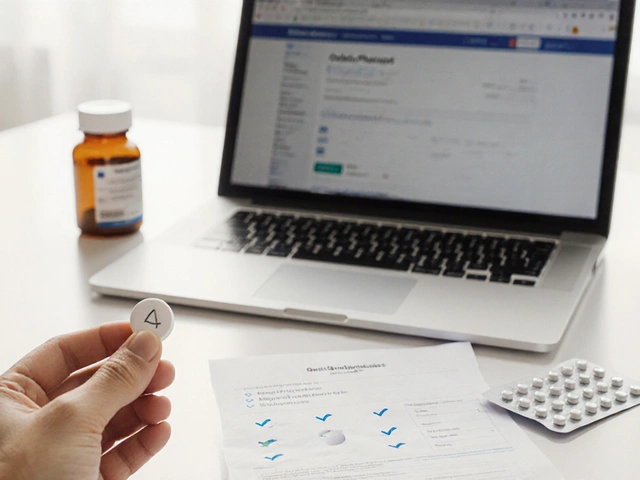
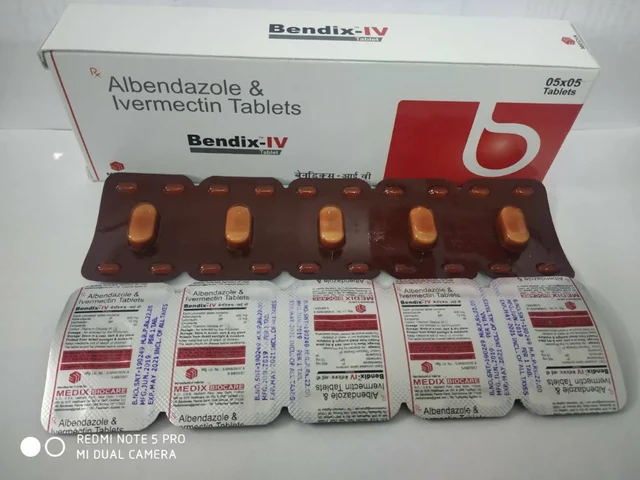
michael Mc Laughlin
July 23, 2025 AT 21:24Wow this post breaks down the bacterial battle like a superhero movie it’s cool to see how our bodies have built‑in defenses and how clever microbes can get around them good reminder to wash hands and keep wounds clean
Luke Schoknceht
July 28, 2025 AT 12:30The author’s attempt to romanticize microbes reads like a misguided sci‑fi novel, a pretentious veneer over hard‑core microbiology that most laypeople will never decipher. While the narrative sprinkles buzzwords-"bio‑engineered invasion", "stealth mission", "grappling hooks"-the underlying facts are presented with a theatrical flair that borders on hyperbole. The metaphor of bacteria as ninja assassins obscures the brutal simplicity of pathogenic tactics, reducing centuries of evolutionary arms races to a cartoonish skit. Moreover, the piece glosses over the nuanced interplay between host genetics and bacterial virulence, implying a one‑size‑fits‑all schema that simply isn’t accurate. The author cavalierly lumps together gram‑positive and gram‑negative strategies, ignoring the distinct cell wall architectures that dictate susceptibility to antibiotics. In the section on adhesion, the description of pili as "grappling hooks" feels more like a child’s bedtime story than a rigorous scientific exposition. The so‑called "secret passageways" are really well‑documented molecular mechanisms such as type IV secretion systems, yet they receive no proper citation or depth. While the article attempts to be accessible, it sacrifices precision, leading readers to a shallow understanding of how toxins like Shiga or diphtheria actually disrupt host cellular processes. The claim that “1 in 1,000 cuts leads to infection” is presented without context-factors like wound depth, location, and immunocompetence dramatically shift that risk. The casual mention of vaccines is laudable, but the dismissal of bacterial “good guys” fails to acknowledge the delicate balance of the microbiome. The piece also suffers from an overreliance on sensational language, which may alienate serious students of microbiology who seek substance over spectacle. In short, the article is a glossy overview that trades scientific rigor for dramatic flair, and readers should consult primary literature for a more accurate picture.
mauricio gonzalez martinez
August 2, 2025 AT 03:37I was scrolling through the comments and felt compelled to add my two cents even though I usually keep to myself. The way the post paints bacteria as tiny thieves is oddly satisfying, and it reminds me of that time my kid stole a piece of cheese from the fridge and got a stomach ache for days. It’s funny how we ignore the fact that every tiny sneeze could be a covert operation by a legion of microbes, yet we keep on living our lives. Anyway just wanted to say thanks for the solid rundown.
Christian Freeman
August 6, 2025 AT 18:44Reflecting on the metaphor, one can see the inner paradox: our bodies are both fortress and asylum for countless unseen guests. When a pathogen breaches the walls, it forces us to confront the fragility of our own defenses, a reminder that existence is a constant negotiation between order and chaos.
julie shayla
August 11, 2025 AT 09:50Oh great, another glorified bedtime story about bacteria acting like cartoon villains. As if we needed more dramatization of something our immune system already handles with a shrug. If you wanted a real lesson, you’d discuss why antibiotics are overprescribed, not spend paragraphs on “grappling hooks”. Sure, the jokes about secret passageways are cute, but they hide the fact that most infections are preventable with basic hygiene. Let’s stop romanticizing germs and start talking about the real cost of antimicrobial resistance.
Super Mom
August 16, 2025 AT 00:57While the sarcasm is noted, the practical takeaway is clear: keep those doors closed. Regular hand washing, proper wound care, and staying up to date on vaccinations are simple steps that shut down most of the microbial “heists”. Think of it as a daily security drill for your body.
Jean Tredoux
August 20, 2025 AT 16:04They’re just letting us walk right into a lab‑run nightmare.
cedric Gicquiaud
August 25, 2025 AT 07:10Don’t be fooled by the friendly tone; the real agenda is to normalize surveillance of our microbiomes so they can sell us micro‑drugs later.
Mason Grandusky
August 29, 2025 AT 22:17Whoa, this post is a fireworks display of science and storytelling! It’s amazing how each bacterial trick feels like a plot twist in an epic saga. Let’s keep the momentum and share this knowledge-it’s the best armor we’ve got against the invisible invaders.
Spencer Riner
September 3, 2025 AT 13:24Sharing a quick tip: probiotics and a fiber‑rich diet create friendly competition that can keep opportunistic pathogens from taking up residence in the gut.
Joe Murrey
September 8, 2025 AT 04:30i read the article and it reminded me of that old saying "you are what you eat"-makes sense why we need to watch our foods.